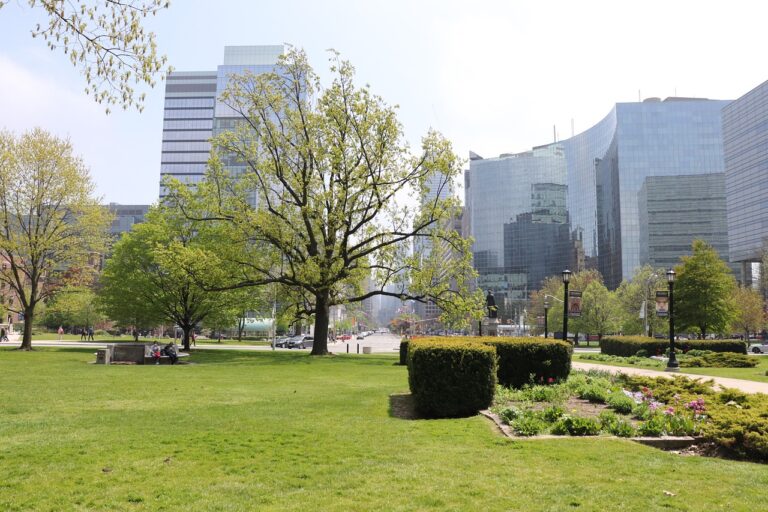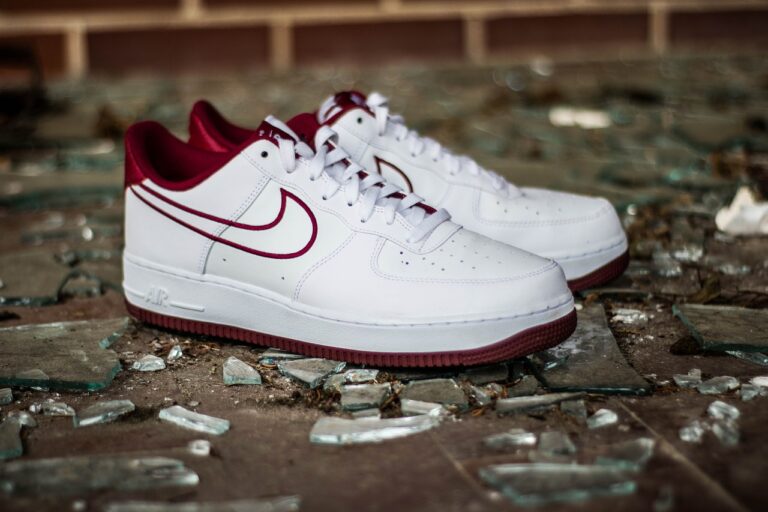Urban Cycling: Navigating City Streets on Two Wheels
Cycling in the city can be a thrilling and efficient way to navigate urban streets. From avoiding traffic congestion to enjoying the fresh air and exercise, urban cycling offers a multitude of benefits. However, it also comes with its own set of challenges and considerations. In this article, we will explore the ins and outs of urban cycling, from safety tips to bike maintenance, and everything in between.
Benefits of Urban Cycling
Urban cycling has numerous benefits both for the individual cyclist and the community as a whole. Some of the key benefits include:
1. Health and Fitness
Cycling is a great way to stay fit and active. It provides an excellent cardiovascular workout and helps strengthen muscles. By incorporating cycling into your daily routine, you can improve your overall health and well-being.
2. Environmentally Friendly
Cycling is a sustainable mode of transportation that produces zero emissions. By choosing to bike instead of drive, you are helping reduce air pollution and combat climate change.
3. Cost-Effective
Owning and maintaining a bike is significantly cheaper than owning and maintaining a car. By cycling, you can save money on gas, parking fees, and maintenance costs.
4. Time-Saving
In congested urban areas, cycling can often be faster than driving or taking public transportation. You can bypass traffic jams and reach your destination more quickly on two wheels.
Safety Tips for Urban Cyclists
While urban cycling has many benefits, it is essential to prioritize safety when riding in city streets. Follow these tips to stay safe while cycling in urban areas:
1. Wear a Helmet
Always wear a properly fitting helmet to protect your head in case of a fall or collision. Helmets can significantly reduce the risk of head injuries.
2. Obey Traffic Laws
Cyclists must follow the same traffic laws as motorists, including stopping at red lights, yielding to pedestrians, and using hand signals when turning.
3. Be Visible
Wear bright and reflective clothing to increase your visibility to motorists. Use lights and reflectors on your bike to make yourself more noticeable, especially at night.
4. Ride Defensively
Assume that motorists do not see you and always be prepared to react to sudden movements or changes in traffic. Stay alert and anticipate potential hazards.
5. Plan Your Route
Before setting out on your ride, plan your route to avoid busy streets and dangerous intersections. Use bike lanes and designated cycling paths whenever possible.
6. Maintain Your Bike
Regularly inspect your bike for signs of wear and tear, such as flat tires or loose brakes. Keep your bike well-maintained to ensure a safe and smooth ride.
Bike-Friendly Cities
Some cities around the world are particularly bike-friendly and have implemented infrastructure and policies to support cycling as a mode of transportation. Here are a few examples of bike-friendly cities:
1. Amsterdam, Netherlands
Amsterdam is often hailed as one of the most bike-friendly cities in the world, with a vast network of bike lanes and dedicated cycling paths. Cycling is a way of life in Amsterdam, with over 60% of trips made by bike.
2. Copenhagen, Denmark
Copenhagen is another city known for its cycling culture, with a comprehensive network of bike lanes and cycling superhighways. The city has invested heavily in cycling infrastructure to encourage residents to bike rather than drive.
3. Portland, Oregon
Portland is a leader in cycling infrastructure in the United States, with an extensive network of bike lanes, paths, and bridges. The city actively promotes cycling as a sustainable mode of transportation.
FAQs
Q: Is urban cycling safe?
A: Urban cycling can be safe if cyclists follow traffic laws, wear helmets, and stay alert to their surroundings. By taking precautions and prioritizing safety, cyclists can minimize the risks associated with cycling in city streets.
Q: What type of bike is best for urban cycling?
A: A hybrid or commuter bike is typically a good choice for urban cycling, as it is durable, comfortable, and versatile. These bikes are designed for city riding and can handle a variety of terrain and conditions.
Q: How can I protect my bike from theft?
A: To protect your bike from theft, invest in a high-quality lock and always secure your bike to a fixed object, such as a bike rack or lamppost. Avoid leaving your bike unattended for long periods in high-crime areas.
Q: Should I wear a helmet while cycling in the city?
A: Yes, wearing a helmet is essential for urban cycling, as it can protect your head in the event of a fall or collision. Helmets are designed to absorb impact and reduce the risk of head injuries.
By following these safety tips and guidelines, urban cyclists can enjoy the many benefits of cycling while staying safe on city streets. With proper preparation and awareness, cycling in the city can be a rewarding and environmentally friendly mode of transportation.







